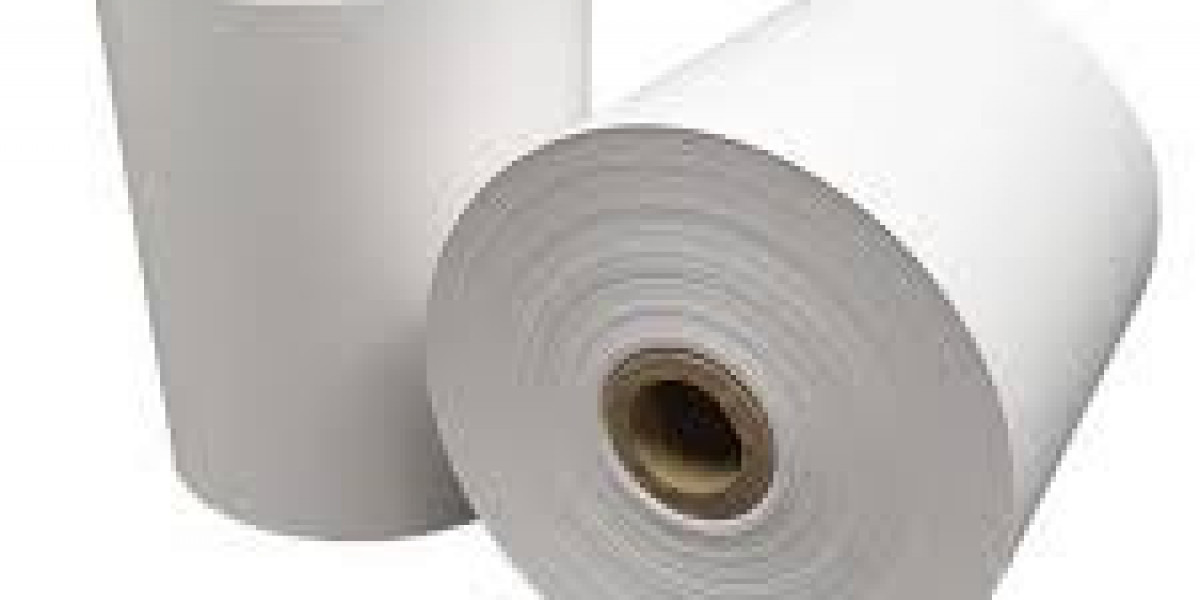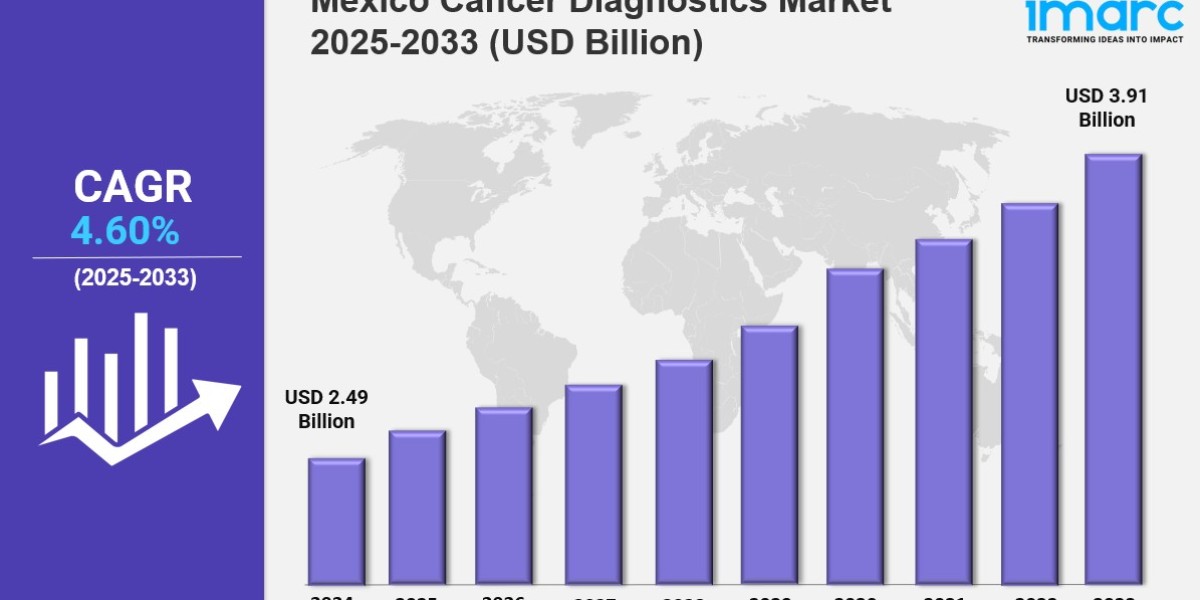The woodfree paper market is experiencing a green renaissance, with heightened investment flowing into eco-conscious production methods and recyclable paper manufacturing. This shift reflects the rising importance of sustainability in today’s printing, packaging, and publishing industries. As brands and consumers prioritize environmental integrity, woodfree paper is emerging as a staple of responsible innovation.
1. Eco-Conscious Production: A Strategic Imperative
Sustainability isn't just a trend—it's now a competitive necessity. Producers are responding with investments that extend across the entire paper lifecycle:
Adoption of Green Technologies
Energy-efficient machinery, heat recovery systems, and renewable energy sources are key upgrades transforming traditional mills into more eco-friendly operations. These investments cut carbon footprints and lower production costs through efficiency.Cleaner Pulping & Bleaching Innovations
Transitioning to chlorine-free processes and water-saving pulping methods minimizes toxic byproducts and conserves vital resources—bolstering both ecological performance and regulatory compliance.Closed-Loop Water Systems
Modern systems now treat and reuse process water, dramatically reducing water withdrawal rates and improving sustainability credentials in an industry intensive by nature.
2. Recyclable Manufacturing Processes & Circular Design
Circularity is now a central pillar of paper manufacturing strategy, and woodfree paper is leading the way:
Design for Recyclability
Product R&D focuses on coatings, inks, and adhesives that enable clean separation and more efficient pulping—ensuring that woodfree products are truly fit for recycling.Integrating Recycled Content
Mills are investing in fiber recovery lines that transform post-consumer and manufacturing waste into new paper—up to 100% recycled content in some product tiers—closing the loop on fiber usage.Reducing Production Scrap
Modern production lines are minimizing waste by recovering trim and offcuts for reuse, increasing yield, and strengthening operational sustainability.
3. Market Momentum Through Eco-Investment
Brands and producers are seeing tangible benefits from green-focused capital investments:
Enhanced Brand Equity
Sustainable sourcing and cleaner production are powerful marketing differentiators—especially in industries like luxury packaging, gourmet food, and premium publishing, where perception is everything.Cost-Efficiency Gains
Long-term investments in energy savings and waste reduction often reduce operational costs, making eco-friendly paper more affordable in broader markets.Regulatory Advantage
Operations designed with environmental foresight are better positioned to navigate current and future regulatory landscapes—especially in regions tightening waste and emissions standards.
4. Regional Highlights in Sustainable Scaling
Investment trajectories vary by region but share a common eco-thread:
Europe & North America
Progressive environmental regulation and customer awareness are accelerating adoption of green paper production—especially in packaging, branded print collateral, and FMCG sectors.Asia-Pacific
Fast-growing consumer markets and expanding printing infrastructure are prompting innovative mills in India, China, and Southeast Asia to leapfrog into sustainable operations—driven by cost pressures and eco-conscious consumer demand.Emerging Economies
In Latin America, Africa, and the Middle East, recycled and eco-certified woodfree variants are gaining traction—particularly in education, local publishing, and small-scale packaging sectors.
Conclusion
The woodfree paper market is transforming—powered by meaningful investments in eco-conscious production and recyclable manufacturing processes. This momentum supports environmentally aligned solutions across print, packaging, and publishing applications. As consumer and regulatory expectations tighten, aligning paper production with green standards isn’t just smart—it's essential for long-term success.








